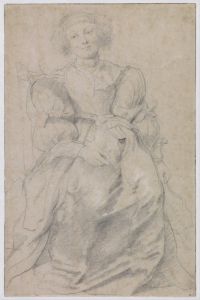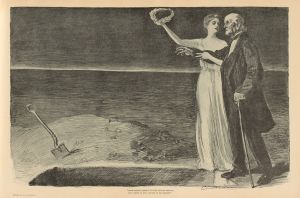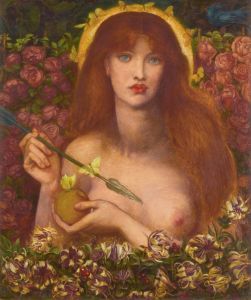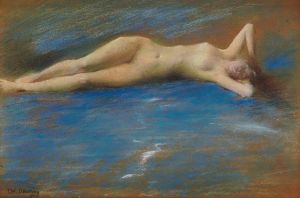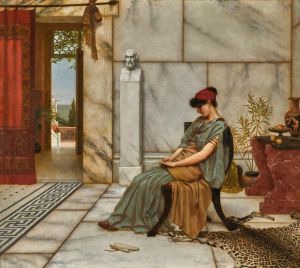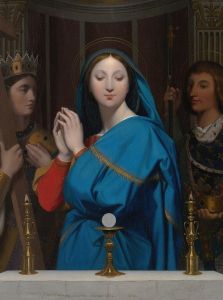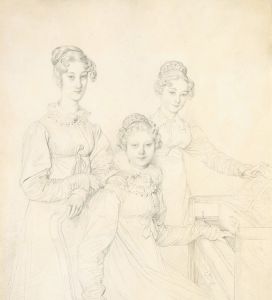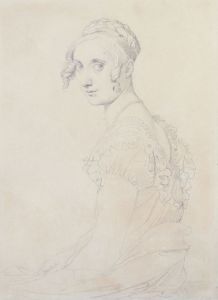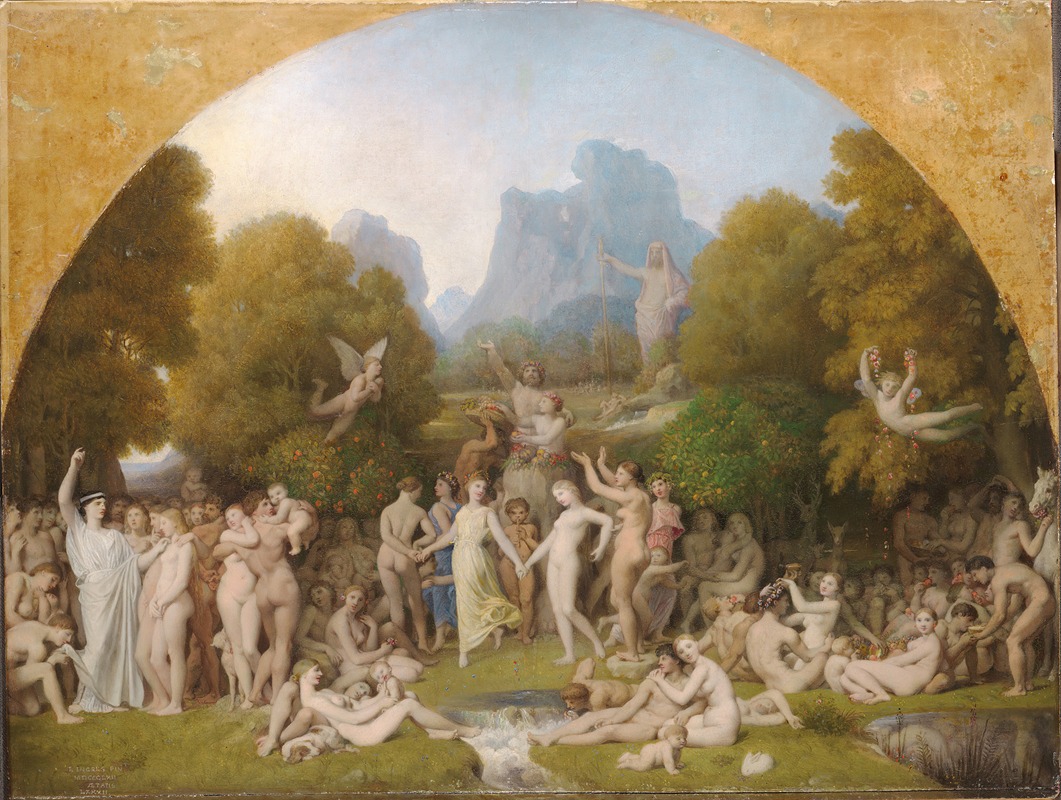
The Golden Age
A hand-painted replica of Jean Auguste Dominique Ingres’s masterpiece The Golden Age, meticulously crafted by professional artists to capture the true essence of the original. Each piece is created with museum-quality canvas and rare mineral pigments, carefully painted by experienced artists with delicate brushstrokes and rich, layered colors to perfectly recreate the texture of the original artwork. Unlike machine-printed reproductions, this hand-painted version brings the painting to life, infused with the artist’s emotions and skill in every stroke. Whether for personal collection or home decoration, it instantly elevates the artistic atmosphere of any space.
Jean Auguste Dominique Ingres, a prominent French Neoclassical painter, is renowned for his meticulous attention to detail and his ability to blend classical traditions with his own unique style. One of his lesser-known works, "The Golden Age," exemplifies his skill in capturing the essence of classical mythology and idealized beauty.
"The Golden Age" was painted by Ingres in 1862, during a period when he was revisiting themes from ancient mythology and history. This painting is a representation of an idyllic time of peace and prosperity, often referred to in classical literature as a period when humanity lived in harmony with nature, free from toil and suffering. The concept of a "Golden Age" has its roots in ancient Greek and Roman mythology, where it is described as the first and best age of man, a time of innocence and simplicity.
Ingres's depiction of "The Golden Age" features a harmonious scene filled with figures that embody the ideals of beauty and serenity. The composition is carefully balanced, with figures arranged in a way that guides the viewer's eye across the canvas. The use of soft, warm colors enhances the sense of tranquility and timelessness that the painting conveys.
The figures in the painting are depicted with Ingres's characteristic precision and attention to anatomical detail. They are idealized, with smooth, flowing lines and graceful poses that reflect the influence of classical sculpture. Ingres was known for his ability to render the human form with a sense of elegance and refinement, and "The Golden Age" is no exception.
Ingres's interest in classical themes and his dedication to the principles of Neoclassicism are evident in this work. He was deeply influenced by the art and culture of ancient Greece and Rome, and he sought to revive these ideals in his own time. "The Golden Age" reflects his belief in the power of art to convey universal truths and to inspire a sense of beauty and harmony.
While "The Golden Age" may not be as widely recognized as some of Ingres's other works, such as "La Grande Odalisque" or "The Apotheosis of Homer," it remains an important example of his artistic vision and his commitment to the ideals of Neoclassicism. The painting is a testament to Ingres's ability to blend classical themes with his own unique style, creating works that continue to captivate and inspire viewers.
Today, "The Golden Age" is housed in the Musée Ingres in Montauban, France, where it is part of a collection dedicated to the artist's life and work. The museum provides an opportunity for visitors to explore Ingres's contributions to the art world and to appreciate the enduring beauty of his paintings. Through works like "The Golden Age," Ingres has left a lasting legacy that continues to influence artists and art lovers around the world.





